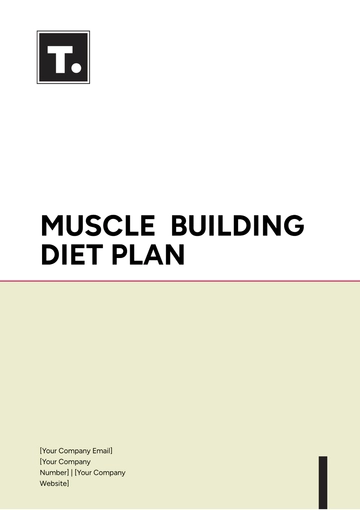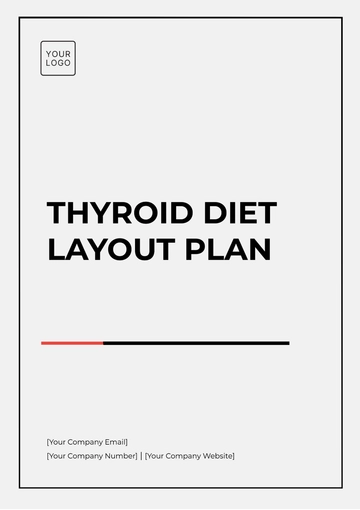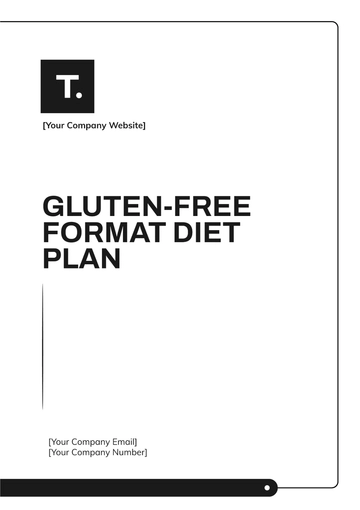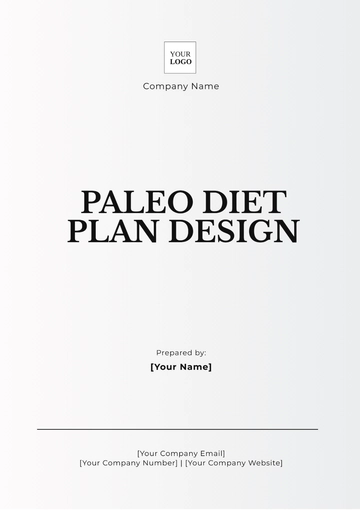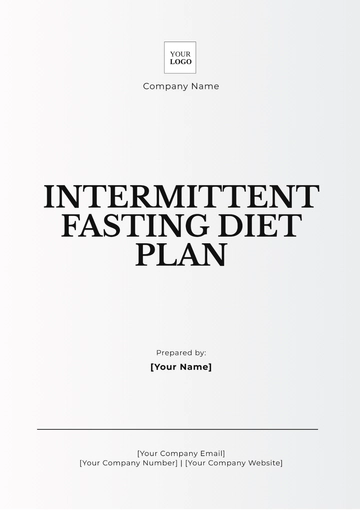Anti-Inflammatory Diet Plan
I. Introduction
The Anti-Inflammatory Diet aims to reduce inflammation in the body through nutritional choices. Chronic inflammation can lead to various health problems, including heart disease, arthritis, and Alzheimer's. This plan focuses on consuming whole foods, antioxidants, and healthy fats while avoiding processed and pro-inflammatory foods.
II. Benefits of an Anti-Inflammatory Diet
An Anti-Inflammatory Diet can offer numerous benefits, including:
III. Key Components of the Diet
A. Foods to Include
It is essential to focus on foods rich in antioxidants, healthy fats, and fiber. These include:
Fruits: Berries, oranges, and cherries
Vegetables: Leafy greens, broccoli, and peppers
Whole Grains: Brown rice, quinoa, and oats
Healthy Fats: Olive oil, avocados, and nuts
Protein Sources: Fatty fish, lean poultry, and legumes
B. Foods to Avoid
Pro-inflammatory foods should be minimized or completely avoided. These include:
Processed Foods: Chips, cookies, and pre-packaged meals
Sugar: Sugary drinks, candies, and pastries
Refined Carbohydrates: White bread, white rice, and pasta
Trans Fats: Margarine, fried foods, and certain baked goods
IV. Sample Meal Plan
Meal | Food Items |
|---|
Breakfast | Oatmeal with berries and almond milk |
Lunch | Grilled chicken salad with mixed greens and olive oil dressing |
Snack | Sliced apple with almond butter |
Dinner | Baked salmon with quinoa and steamed broccoli |
V. Tips for Success
Plan your meals in advance to avoid last-minute unhealthy choices
Stay hydrated by drinking plenty of water
Incorporate regular physical activity into your routine
Avoid smoking and excessive alcohol consumption
VI. Conclusion
The Anti-Inflammatory Diet is a sustainable and effective way to improve overall health. By making conscious food choices and incorporating a variety of nutrient-dense foods, you can reduce inflammation and lower the risk of chronic diseases.
Plan Templates @ Template.net





